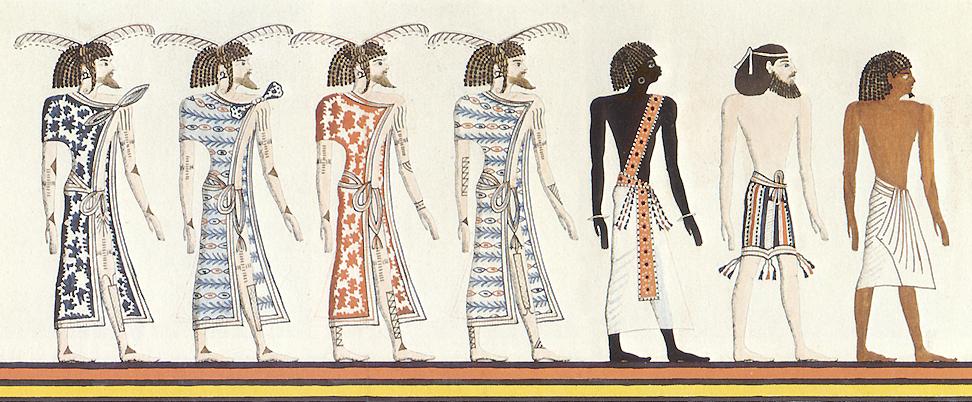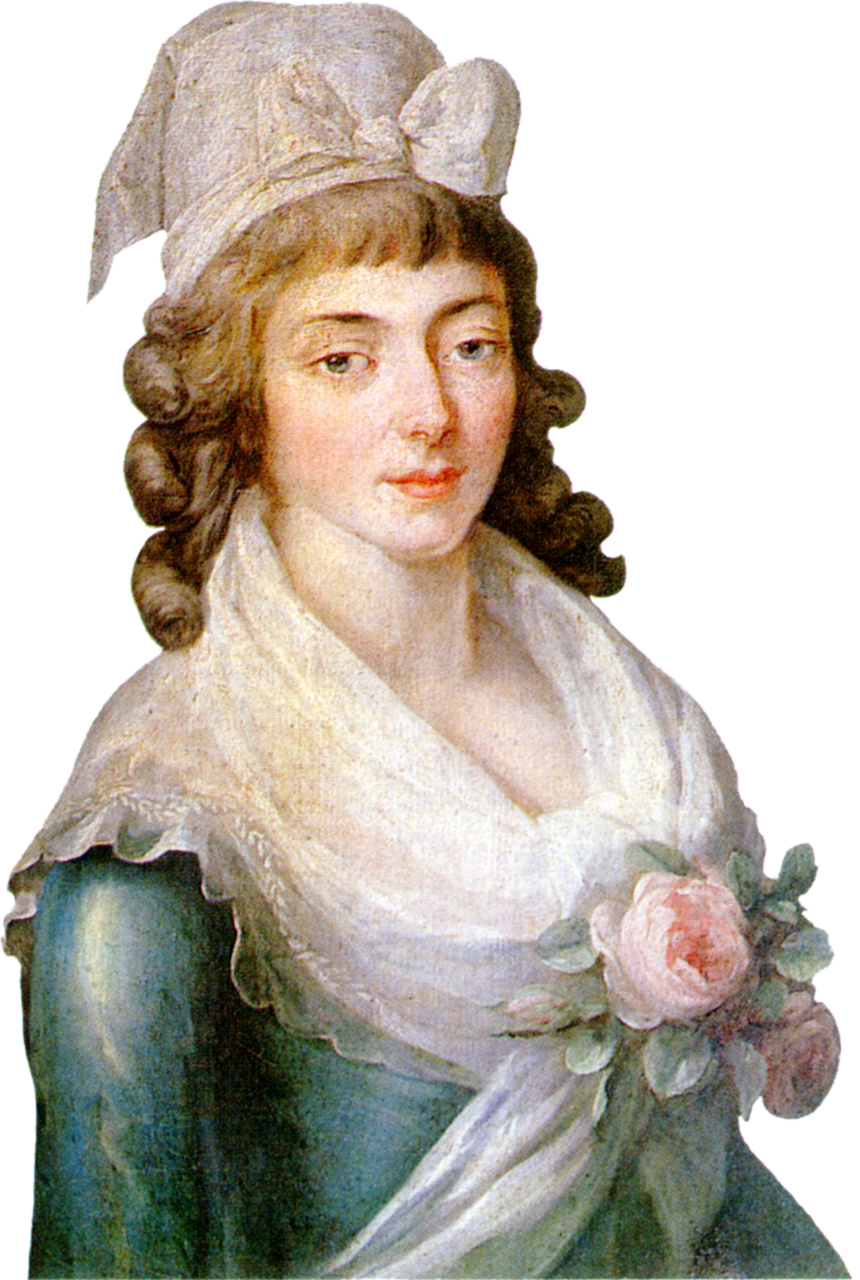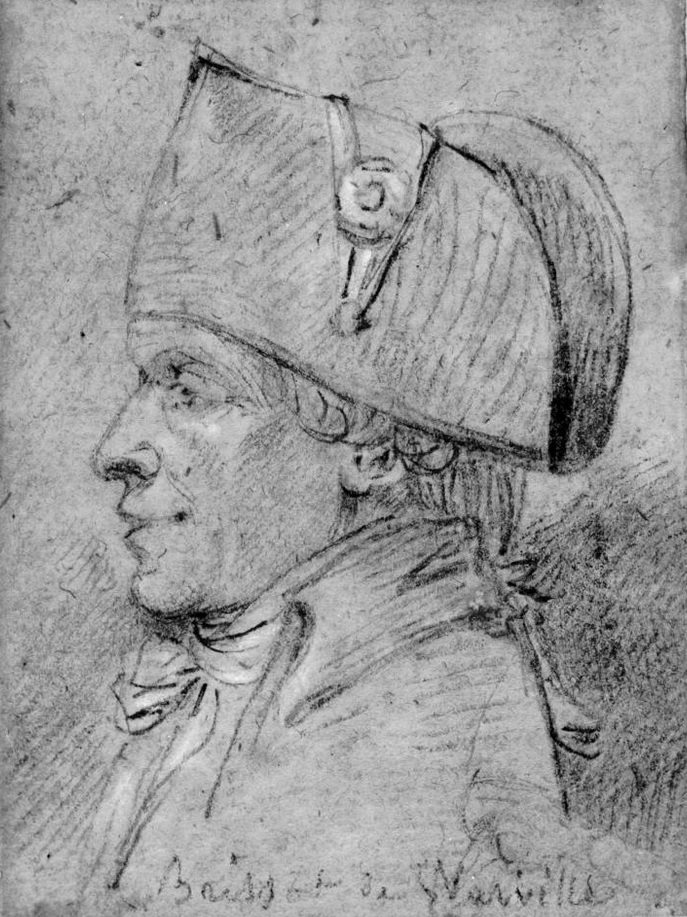|
Léger-Félicité Sonthonax
Léger-Félicité Sonthonax (7 March 1763 – 23 July 1813) was a French politician and colonial administrator. He was a Jacobin before joining the Girondins, which emerged in 1791. During the Haitian Revolution, he controlled 7,000 French troops in Saint-Domingue. His official title was Civil Commissioner. From September 1792, he and Polverel became the '' de facto'' rulers of Saint-Domingue's non-slave population. Because they were associated with Brissot’s party, they were put in accusation by the convention on July 16, 1793, but a ship to bring them back in France didn’t arrive in the colony until June 1794, and they arrived in France in the time of the downfall of Robespierre. They had a fair trial in 1795 and were acquitted of the charges the white colonists brought against them. Sonthonax believed that Saint-Domingue's whites were royalists or separatists, so he attacked the military power of the white settlers and by doing so alienated the colonial settlers from their ... [...More Info...] [...Related Items...] OR: [Wikipedia] [Google] [Baidu] |
List Of Colonial Governors Of Saint-Domingue
Since 1659, Saint-Domingue (now the Republic of Haiti), was a French colony, recognized by Spain on September 20, 1697. From September 20, 1793, to October 1798 parts of the island were under British occupation. (actually taken from rulers.org!!!) Governors (1691–1714) #October 1, 1691 – July 1700 Jean du Casse #July 1700 – December 16, 1703 Joseph d'Honon de Gallifet (acting) #December 16, 1703 – October 13, 1705 Charles Auger #October 13, 1705 – December 28, 1707 Jean-Pierre de Charitte (acting) #December 28, 1707 – 1710 François-Joseph, comte de Choiseul-Beaupré #1710 – February 7, 1711 Jean-Pierre de Charitte (2nd time) #February 7, 1711 – May 24, 1711 Laurent de Valernod #May 24, 1711 – August 29, 1712 Nicolas de Gabaret #August 29, 1712 – 1713 Paul-François de La Grange, comte d'Arquian #1713 – 1714 Louis de Courbon, comte de Blénac Governors-General (1714–1803) #1714 – 11 January 1717 Louis de Courbon, comte de Blénac #January 11 ... [...More Info...] [...Related Items...] OR: [Wikipedia] [Google] [Baidu] |
Gens De Couleur
In ancient Rome, a gens ( or , ; : gentes ) was a family consisting of individuals who shared the same ''nomen gentilicium'' and who claimed descent from a common ancestor. A branch of a gens, sometimes identified by a distinct cognomen, was called a ''stirps'' (: ''stirpes''). The gens was an important social structure at Rome and throughout ''Italia'' during the period of the Roman Republic. Much of individuals' social standing depended on the gens to which they belonged. Certain gentes were classified as patrician, others as plebeian; some had both patrician and plebeian branches. The importance of the gens as a social structure declined considerably in imperial times, although the ''gentilicium'' continued to define the origins and dynasties of the ancient Romans, including the emperors. ''Harper's Dictionary of Classical Literature and Antiquities'', Second Edition, Harry Thurston Peck, Editor (1897).'' Oxford Classical Dictionary'', 2nd Ed. (1970). Origins The word ... [...More Info...] [...Related Items...] OR: [Wikipedia] [Google] [Baidu] |
Ancien Régime
''Ancien'' may refer to * the French word for " ancient, old" ** Société des anciens textes français * the French for "former, senior" ** Virelai ancien ** Ancien Régime ** Ancien Régime in France {{disambig ... [...More Info...] [...Related Items...] OR: [Wikipedia] [Google] [Baidu] |
White (people)
White is a racial classification of people generally used for those of predominantly European ancestry. It is also a skin color specifier, although the definition can vary depending on context, nationality, ethnicity and point of view. Description of populations as "White" in reference to their skin color is occasionally found in Greco-Roman ethnography and other ancient or medieval sources, but these societies did not have any notion of a White race or pan-European identity. The term "White race" or "White people", defined by their light skin among other physical characteristics, entered the major European languages in the later seventeenth century, when the concept of a "unified White" achieved greater acceptance in Europe, in the context of racialized slavery and social status in the European colonies. Scholarship on race distinguishes the modern concept from pre-modern descriptions, which focused on physical complexion rather than the idea of race. Prior to the modern ... [...More Info...] [...Related Items...] OR: [Wikipedia] [Google] [Baidu] |
Nord (Haitian Department)
Nord ( French, ) or Nò (Haitian Creole; both meaning "North") is one of the ten departments of Haiti and located in northern Haiti. It has an area of and a population of 1,067,177 (2015). Its capital is Cap-Haïtien. History Taino Period The department was part of the Chiefdom of Marien with settlements such as Guarico in Limonade and Guanawari in Grande-Rivière-du-Nord. Spanish Period After the arrival of Columbus, the Taino granted the Spanish land to build the fort Navidad with their shipwreck, the first Colombian-era shelter built by Europeans in America. The fort was destroyed by Caonabo, leader of the Maguana, in response to the Europeans abusing their stay and locals. The Europeans moved eastward to actual la Isabella in the Dominican Republic. French Period After the treaty of Ryswick, the French administer the west side of the island. The capital of the colony from 1697 to 1751 has been Cap-François, the actual Cap-Haitian. The department was the most densely popul ... [...More Info...] [...Related Items...] OR: [Wikipedia] [Google] [Baidu] |
Slave Rebellion
A slave rebellion is an armed uprising by slaves, as a way of fighting for their freedom. Rebellions of slaves have occurred in nearly all societies that practice slavery or have practiced slavery in the past. A desire for freedom and the dream of successful rebellion is often the greatest object of song, art, and culture amongst the enslaved population. These events, however, are often violently opposed and suppressed by slaveholders. Ancient Sparta had a special type of serf called ''helots'' who were often treated harshly, leading them to rebel. According to Herodotus (IX, 28–29), helots were seven times as numerous as Spartans. Every autumn, according to Plutarch (''Life of Lycurgus'', 28, 3–7), the Spartan ephors would pro forma declare war on the helot population so that any Spartan citizen could kill a helot without fear of blood or guilt in order to keep them in line ('' crypteia''). In the Roman Empire, though the heterogeneous nature of the slave population worked ... [...More Info...] [...Related Items...] OR: [Wikipedia] [Google] [Baidu] |
Girondist
The Girondins (, ), also called Girondists, were a political group during the French Revolution. From 1791 to 1793, the Girondins were active in the Legislative Assembly and the National Convention. Together with the Montagnards, they initially were part of the Jacobin movement. They campaigned for the end of the monarchy, but then resisted the spiraling momentum of the Revolution, which caused a conflict with the more radical Montagnards. They dominated the movement until their fall in the insurrection of 31 May – 2 June 1793, which resulted in the domination of the Montagnards and the purge and eventual mass execution of the Girondins. This event is considered to mark the beginning of the Reign of Terror. The Girondins were a group of loosely affiliated individuals rather than an organized political party and the name was at first informally applied because the most prominent exponents of their point of view were deputies to the Legislative Assembly from the département o ... [...More Info...] [...Related Items...] OR: [Wikipedia] [Google] [Baidu] |
Jacques Pierre Brissot
Jacques Pierre Brissot (, 15 January 1754 – 31 October 1793), also known as Brissot de Warville, was a French journalist, abolitionist, and revolutionary leading the political faction, faction of Girondins (initially called Brissotins) at the National Convention in Paris. The Girondins favored exporting the revolution and opposed a concentration of power in Paris. He collaborated on the Mercure de France and the ''Courier de l'Europe'', which sympathized with the insurgents in the American colonies. In February 1788, Brissot founded the anti-slavery Society of the Friends of the Blacks. With the outbreak of the French Revolution, revolution in July 1789, he became one of its most vocal supporters. As a member of the Legislative Assembly (France), Legislative Assembly, Brissot advocated for war against Austria and other European powers in order to secure France's revolutionary gains, which led to the War of the First Coalition in 1792. He voted against the immediate execution of ... [...More Info...] [...Related Items...] OR: [Wikipedia] [Google] [Baidu] |
Society Of The Friends Of The Blacks
The Society of the Friends of the Blacks (''Société des amis des Noirs'' or ''Amis des noirs'') was a French abolitionist society founded by Jacques Pierre Brissot and Étienne Clavière and directly inspired by the Society for Effecting the Abolition of the Slave Trade founded in London in 1787. The society's aim was to abolish both the institution of slavery in the France's overseas colonies and French involvement in the Atlantic slave trade. The society was founded in Paris on 19 February 1788, and remained active until autumn 1791. Clavière was elected as their first president. The secretary Brissot frequently received advice from British abolitionist Thomas Clarkson, who led the abolitionist movement in Great Britain. At the beginning of 1789, the Society had 141 members and helt 81 sessions in total. During the three-year period that it remained active, the society published abolitionist literature and frequently addressed its concerns on a substantive political leve ... [...More Info...] [...Related Items...] OR: [Wikipedia] [Google] [Baidu] |
University Of Burgundy
The University of Burgundy Europe (, UBE; formerly known as University of Dijon) is a public university located in Dijon, France. The University of Burgundy Europe is situated on a large campus (more than 150 ha) in the eastern part of Dijon called Campus Montmuzard, about 15 minutes by tram from the city centre. The humanities and sciences are well represented on the main campus, along with law, medicine, and literature in separate buildings. The IUT (Institute of technology) is also on the campus, providing specialist higher level diplomas in business, biology, communications and computer science. The university counts 10 faculties, 4 engineering schools, 3 institutes of technology offering undergraduate courses, and 2 professional institutes providing post-graduate programmes. With numerous student societies and good support services for international and disabled students, the campus is a welcoming place with numerous CROUS restaurants and canteens providing subsidised fo ... [...More Info...] [...Related Items...] OR: [Wikipedia] [Google] [Baidu] |



